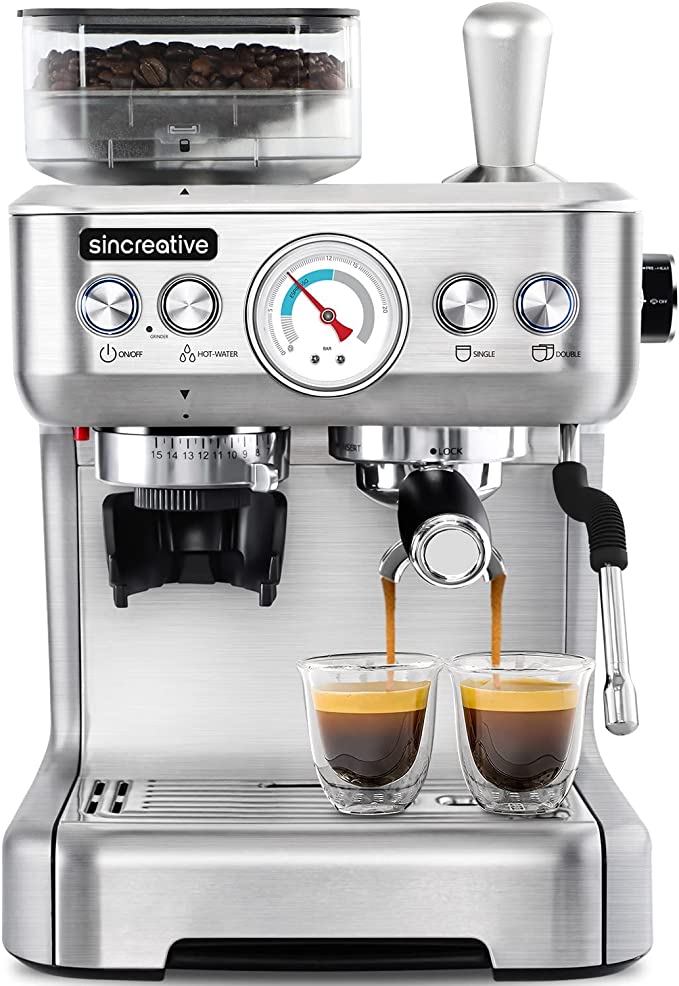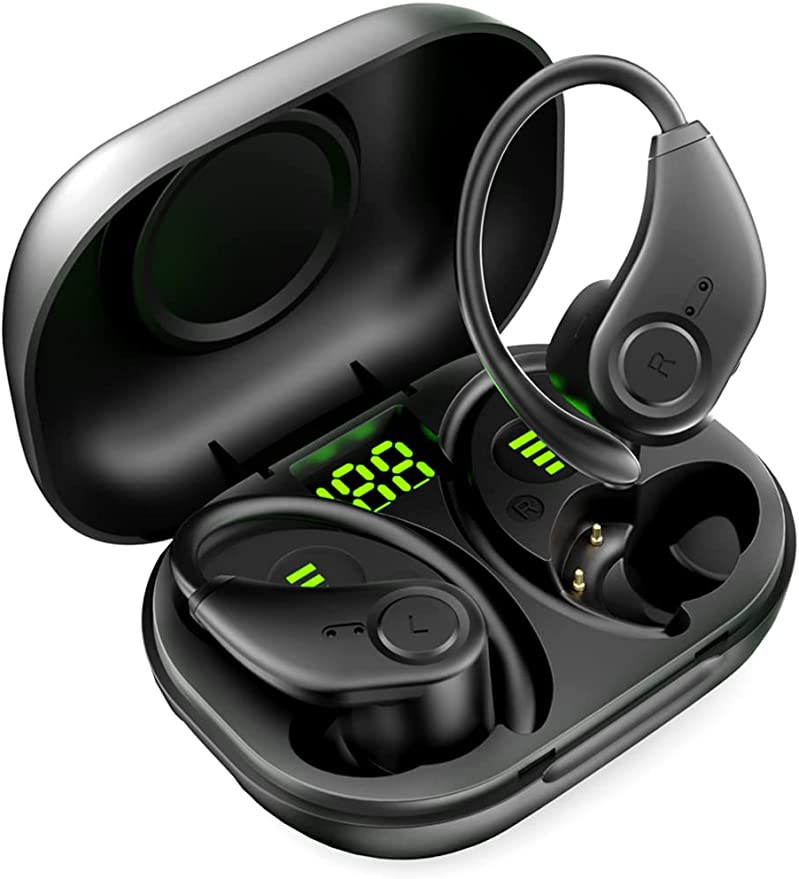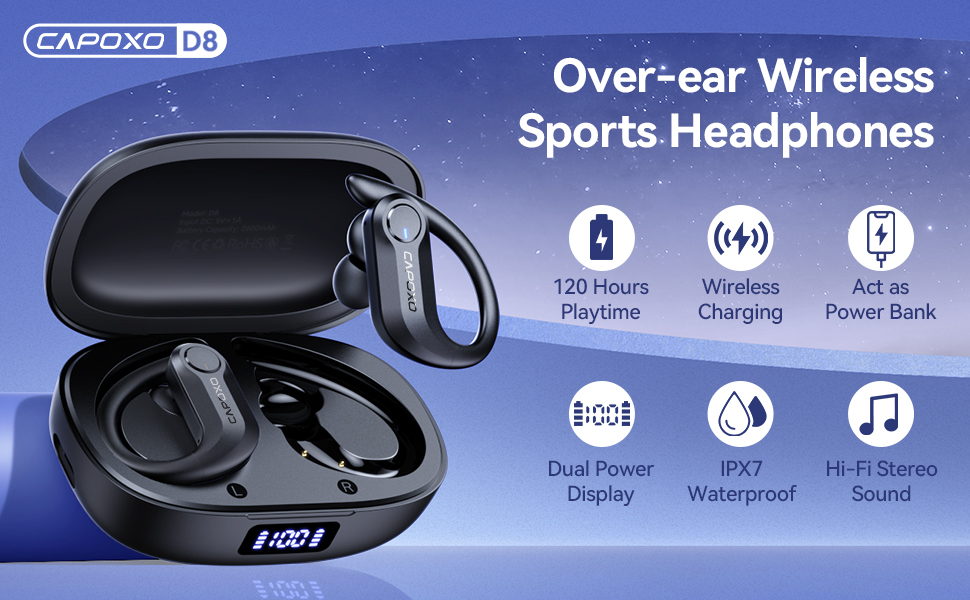A Practical Guide to the MiiCoffee Apex: Mastering PID, Pressure, and Pre-Infusion
Update on Oct. 29, 2025, 3:29 p.m.
The MiiCoffee Apex is part of a new generation of espresso machines bridging the gap between basic entry-level appliances and expensive “prosumer” equipment. It directly targets the enthusiast home barista—someone who wants to move beyond a pod machine or a simple Gaggia Classic Pro—by offering three key tools of precision: PID temperature control, a pressure gauge, and adjustable pre-infusion.
However, these features are not “upgrades” in the way a sunroof is an upgrade on a car. They are instruments. Without knowing how to read and use them, they are just numbers on a dial. This guide is not a review; it’s a practical manual for how to take control of the MiiCoffee Apex and use its toolkit to pull consistently better espresso shots.

1. Temperature: How to Use the Apex’s PID Controller
The single most important variable for espresso flavor is temperature. The MiiCoffee Apex addresses this not just with a 550ml stainless steel boiler, but with a PID (Proportional-Integral-Derivative) controller.
A standard thermostat just turns the heater on when it’s too cold and off when it’s too hot, causing wild temperature swings. A PID is a smart controller; it anticipates heat loss and pulses the heater with micro-adjustments to keep the water temperature exceptionally stable, often within a single degree of your target.
The Apex’s manual states the boiler temperature is adjustable between 85–102℃ (185–216°F). This is your primary tool for controlling flavor extraction.
A Practical Starting Point for Your PID:
-
For Dark Roasts (Oily, traditional Italian): These beans extract easily and become bitter at high temperatures.
- Set your PID between 88–92°C (190–198°F). This tames bitterness and highlights chocolatey, nutty notes.
-
For Medium Roasts (Most specialty coffee): This is the sweet spot for balance.
- Start at 93°C (200°F) and adjust up or down by one degree at a time to find the best balance of acidity and sweetness.
-
For Light Roasts (Fruity, acidic, “third-wave”): These beans are very dense and hard to extract, requiring more heat to unlock their flavors.
- Set your PID between 94–98°C (201–208°F). This will brighten the acidity and bring out complex floral or fruity notes that would taste sour at lower temperatures.
How to Use It: Set your temperature and let the machine stabilize for at least 10-15 minutes. Pull a shot. Does it taste sour and underdeveloped? Raise the temperature by 1°C. Does it taste bitter and scorched? Lower it by 1°C. The PID gives you this precise, repeatable control.
2. Pressure: Reading the Gauge as a Diagnostic Tool
The Apex uses an Italian-made vibratory pump to achieve the 9-bar pressure standard for espresso. But the most useful feature here isn’t the pump itself—it’s the pressure gauge (barometer) on the front of the machine.
Do not ignore this gauge. It is your shot’s dashboard. It tells you exactly what is happening inside the coffee puck in real-time. It is the single best tool for “dialing in” your grinder.

How to Read Your Pressure Gauge:
When you start your shot, the needle will climb. Here is what it’s telling you:
-
Needle stays low (5–7 bars): Your shot is gushing out in 10-15 seconds. This is classic under-extraction. The gauge is telling you the water met very little resistance.
- The Fix: Your grind is too coarse. Adjust your grinder to a finer setting.
-
Needle climbs high (11–13+ bars): Your shot is “choking” the machine, slowly dripping out or not coming out at all. This is over-extraction. The gauge shows the pump is struggling to force water through a puck that is too dense.
- The Fix: Your grind is too fine. Adjust your grinder to a coarser setting.
-
Needle climbs to 9–10 bars and holds steady: Your shot flows like warm honey and finishes in 25–30 seconds.
- The Fix: Nothing. You’ve done it. This is a balanced extraction.
This feedback loop (grind, pull, read gauge, adjust grind) is the fundamental skill of a barista. The Apex gives you the tool to do it properly.
3. Pre-Infusion: Taming the Puck
Pre-infusion is the process of gently wetting the coffee puck at low pressure before applying the full 9 bars of extraction pressure. The MiiCoffee Apex manual specifies an adjustable pre-infusion time (0–30 seconds).
Why is this important?
Freshly roasted coffee contains trapped CO2. Hitting a dry puck with 9 bars of pressure immediately can cause the gas to escape violently, creating tiny cracks or “channels” in the puck. Water will always follow the path of least resistance, rushing through these channels and bypassing the rest of the coffee, leading to a shot that is simultaneously sour (under-extracted) and bitter (over-extracted).
A gentle pre-infusion allows the coffee to “bloom,” releasing this gas gently and swelling to create a more uniform, stable puck. When the full 9 bars of pressure arrive, the water is forced to flow evenly through the entire bed of coffee, resulting in a much more balanced and forgiving extraction.
How to Use It: For most coffees, a pre-infusion time of 3 to 7 seconds is a great starting point. Very fresh, gassy coffee might benefit from a longer pre-infusion, while older, degassed coffee may need very little.
The Apex Workflow: Key Hardware Advantages
Beyond the core controls, the Apex’s design includes professional features that directly impact your daily workflow.
The 58mm Commercial Portafilter
The Apex uses a 58mm stainless steel commercial-grade portafilter. This is the same size used in most professional cafe machines. This wider basket allows for a shallower, wider coffee puck compared to smaller 51mm or 54mm portafilters, which generally promotes a more even extraction and is less prone to channeling.
This standard sizing also opens a massive world of accessories. The first and most recommended upgrade for any Apex owner is a best bottomless portafilter for the MiiCoffee Apex v2. This tool has no spouts, allowing you to see the extraction as it happens. It’s the ultimate diagnostic tool for spotting channeling and improving your puck prep (distribution and tamping).

Dual Heating: 550ml Boiler + Dedicated Thermoblock
This is perhaps the Apex’s most significant structural advantage over single-boiler machines (like the Gaggia). The Apex has two separate heating systems:
1. The 550ml stainless steel boiler (governed by the PID) is only for brew water.
2. A dedicated thermoblock is only for creating steam.
Why this matters: On a single-boiler machine, you must switch the machine to “steam mode,” wait for the single boiler to heat up to ~140°C, steam your milk, and then purge all that steam and flush cold water through the boiler to get it back down to brewing temperature (~93°C). This is slow, and “temperature surfing” is inconsistent.
With the Apex, the systems are independent. You can pull your espresso shot (using the stable boiler) and immediately turn the knob to engage the thermoblock for steam. There is no waiting for the machine to change temperature. This is a massive workflow improvement.
Common MiiCoffee Apex Challenges & Solutions
Search data shows some users run into a few common issues. Here is how to solve them.
Challenge 1: “My steam is weak or watery.” (The ‘Steam Problem’)
This is almost always a user-error related to the thermoblock. A thermoblock creates steam on demand, but the initial water in the pipe will be cold. * The Solution: You must purge the steam wand. Turn the steam knob on and let it blast into the drip tray for 5-10 seconds. You will see it spit hot water, then transition to powerful, dry steam. Now you are ready to steam your milk. The Apex, especially with the optional single-hole tip, is a very capable steamer once you learn this step.

Challenge 2: “My espresso tastes bad/bitter/sour.” (The ‘Oil Taste’)
Barring a new machine needing a preliminary flush, a bad taste is rarely a “machine” problem. It is a “dialing-in” problem. * The Solution: Trust your new tools. If it’s sour, your extraction was too short or the temperature was too low. Use a finer grind or increase your PID temperature. If it’s bitter, your extraction was too long or the temperature was too high. Use a coarser grind or lower your PID temperature.
A “metallic” or “oil” taste in a brand new machine is often residue from manufacturing. Run a full tank of water through the group head and the steam wand before your first use to flush the system.
The Apex as Your Toolkit
The MiiCoffee Apex is not a “push-button” appliance. It’s a hands-on toolkit that exposes the core variables of espresso extraction. It demands that you learn how to use a grinder, how temperature affects flavor, and how pressure reveals your mistakes.
It is a machine that grows with you. You can start with the basics and, as your skills improve, you can explore the nuances of PID settings, pre-infusion times, and advanced diagnostics with a bottomless portafilter. It’s a machine that rewards patience and learning with true, cafe-quality espresso crafted by your own hands.







































